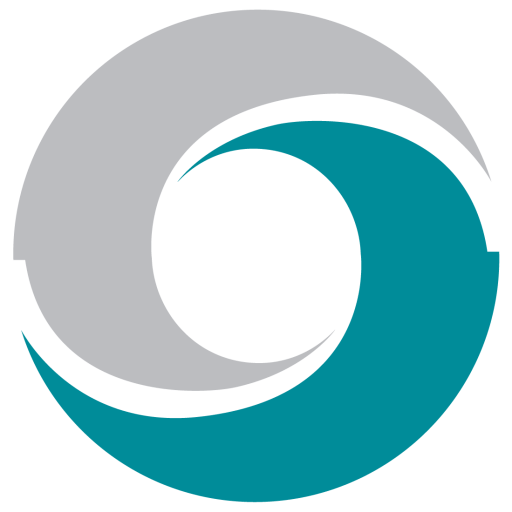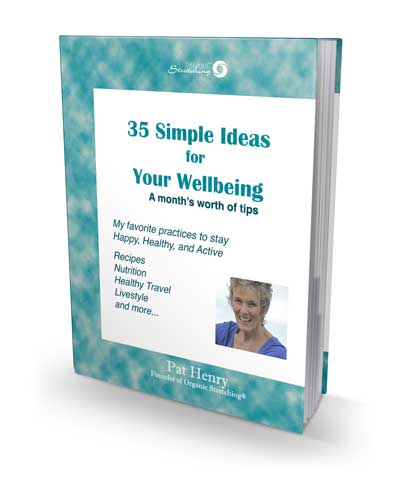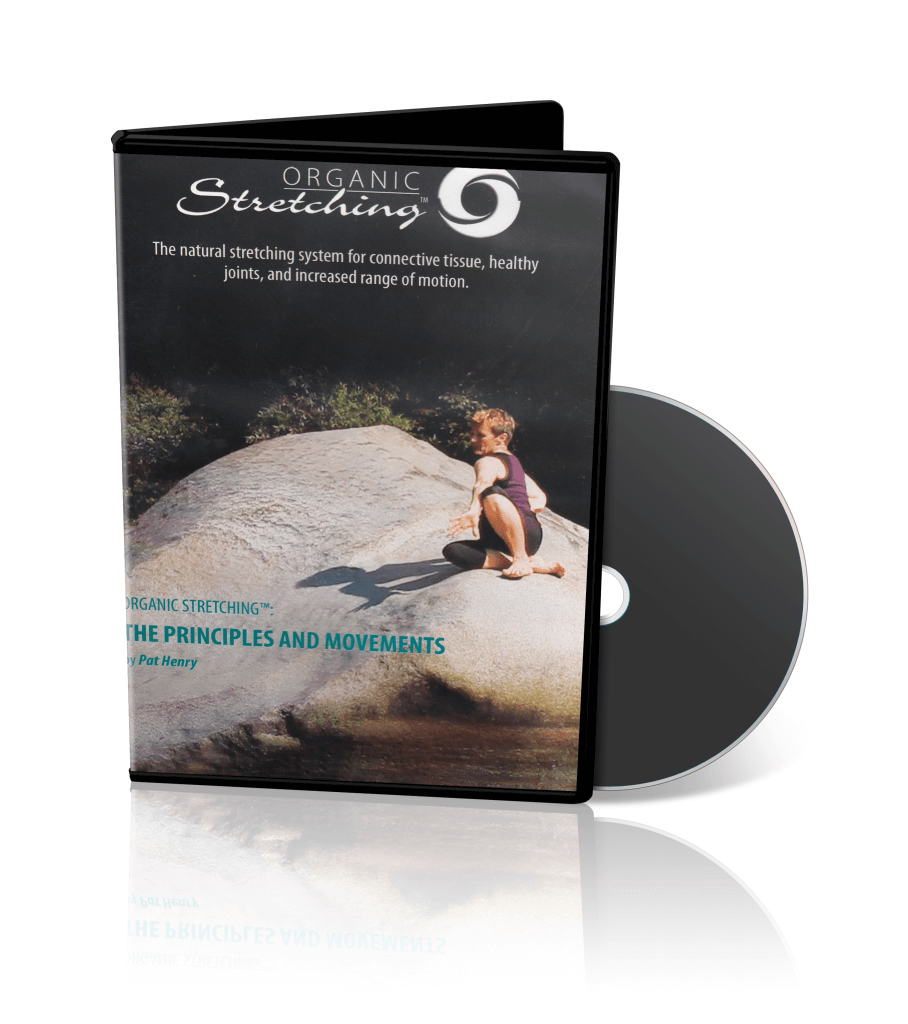“Organic StretchingTM” Review by Deane Juhan
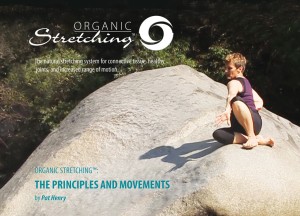 Pat Henry’s DVD, Organic Stretching, is much more than just another how-to offering of poses and procedures. It is a dynamically exploratory invitation to sculpt your own yoga and to develop the strength and flexibility that are unique to you. Well thought-out and innovative examples of stretching movements are, of course, presented (with aesthetic beauty, I would add), rich ideas for getting started in the evolving of your own personal practice. But more importantly than that, Pat’s purpose is to lead you beyond the imitation of asanas and protocols, into an organic unfolding of your own body’s needs and capacities and your own individualized path to vitality. Very like Trungpa’s groundbreaking Cutting Through Spiritual Materialism in spirit and intention, Organic Stretching cuts through imitative discipline and opens the door to the celebration of your own idiosyncratic being and its expression–like no other’s–in your own joy of movement and self-development.
Pat Henry’s DVD, Organic Stretching, is much more than just another how-to offering of poses and procedures. It is a dynamically exploratory invitation to sculpt your own yoga and to develop the strength and flexibility that are unique to you. Well thought-out and innovative examples of stretching movements are, of course, presented (with aesthetic beauty, I would add), rich ideas for getting started in the evolving of your own personal practice. But more importantly than that, Pat’s purpose is to lead you beyond the imitation of asanas and protocols, into an organic unfolding of your own body’s needs and capacities and your own individualized path to vitality. Very like Trungpa’s groundbreaking Cutting Through Spiritual Materialism in spirit and intention, Organic Stretching cuts through imitative discipline and opens the door to the celebration of your own idiosyncratic being and its expression–like no other’s–in your own joy of movement and self-development.
Deane Juhan— Author…Job’s Body: A Handbook for Bodywork and Touched by the Goddess: The Physical, Psychological and Spiritual Powers of Bodywork
TraegerWork® Practitioner/Instructor (CEU certified)
Improvisation: 6 Benefits and 6 Challenges
Organic Stretching™ is an improvisational exercise form. You will never repeat the patterns you do from one session to the next. This creates the freedom to follow the lead of your body, to move as and where you need to rather than replicate the movements of a leader. It shares both the joys and challenges of other extemporaneous forms…music, theater, dance, and even just living your own creative life.
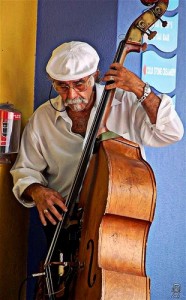
Jazz...the heart of improvisation
I used to call a friend of mine a “jazz cook.” He never used a recipe, but created by the seat of his pants…a little of this and a little of that. We usually first think of jazz or modern dance as examples of improvisation, but almost anything can be approached improvisationally. It is getting off the beaten track, throwing away the guide book, winging it, following your muse.
Aside from the freedom offered, what additional benefits can come from doing things in an improvisational way?
Stimulating intuition…improvisation is most often spontaneous, done without measuring and calculating the outcome and relies instead on the properties of the right brain/inner knowing to develop creative responses
Increased creativity…improvisation is usually built on a body of skills and knowledge that oversteps strictures on structure allowing flashes of pure creativity to use those tools in totally new ways
Empowerment and confidence building…with the permission inherent in improvisation to say “yes” and follow a totally new path we find we can
Developing playfulness and freedom from the inner critic
Expanding personal limits…with the absence of prescribed limits we establish new expanded zones of comfort
Meeting an inner guide…in the absence of an external model to follow, we can find our direction within, not a voice speaking to us, but more like being drawn toward something from deep inside
Improvisation also offers certain challenges to both teacher and student. These very challenges are often the source of the benefits, but it still requires a strong sense of commitment to stay with the practice until one breaks through to experience the freedom of moving to your own body’s rhythm and message. Among the possible challenges are:
More time and effort…first to gain the skills and then to learn “how to” use them without a strict format
Developing awareness and focus…improvisation requires effective observation to respond to opportunity
Taking personal responsibility…the results are totally in the hands of the improviser
Shifting control…most improvisation comes from an instinctual response more body centered than mind, by-passing thought centered reactions
Developing personal criteria…with no established strict format, composition, or script the improviser also creates the measurements for progress
Recognizing opportunities…learning to see/hear/feel the opening to respond and participate
The time and commitment required to prepare for improvisation is well worth the effort. Any artist, performer, or free-expression participant will agree that “you are never more alive” than in the improvisational mode with every nerve twitching for an opening to respond.
Photo credit: TenaciousR
The Organic StretchingTM Video Now Available Online
The long-awaited (for me if not for you!) moment has arrived…my video Organic StretchingTM: The Principles and Movements can now be ordered as a DVD or for download to buy or even to rent. See the Store for a short clip, content, video information, and details for ordering.
The health benefits of stimulation and movement deep in the connective tissue system, that I and my students have found possible through Organic StretchingTM, can include increased range of motion, reduction of pain, and fluidity of movement.
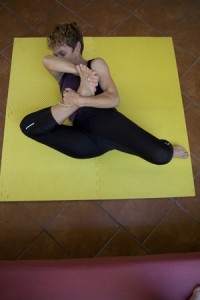
Searching for new limits
In this video, I present the principles that tell us how to move and the basic movements used in OS through easy-to-follow demonstrations. Using these, you are encouraged to explore on your own, allowing your body’s internal knowledge to guide you for the maximum benefit. It will be different from anything you have done before.
Enjoy the adventure!
Organic Stretching™: Principles and Movements…The Video
Stretching exercises have to be seen to be understood…not read in a book! That has been my response to all who have asked me to write a book about Organic Stretching™. The only way to share this program with those who aren’t near my studio in Mexico would be in a video. I dreamed of this video for several years, and now…here it is! Enjoy this brief clip from the filming session we did with HBOSS Entertainment in June at the Vallarta Botanical Gardens. The 45-minute full video will be available very soon by download as well as in DVD form. Watch here for announcements…best if you subscribe for an email update.
Organic Stretching™: Principles and Movements leads you through demonstrations of each principle and each movement that underlies the program with commentary on how to approach the work. In three improvised sessions, I invite you to follow me as I follow the guiding voice of my body and describe for you the movements that I am making.
A short clip from the video….
This information is not intended to be a substitute for professional medical advice. The information provided is for educational purposes only and is not intended as diagnosis, treatment, or prescription of any kind. You should not use this information to diagnose or treat a health problem or disease without consulting with your physician or other qualified health professional before adopting or changing any exercise regimen. The decision to use, or not to use, any information is the sole responsibility of the viewer.
How Did I Wind Up in This Body?
Part 1…
We seldom pay attention to the bodies we inhabit until they no longer do what we want them to, or we finally acknowledge there is something that hurts…most often it is lumbar, neck, shoulder, wrist, hip or knee. What happened? It seems like overnight, we are no longer in the same body.
When did the change begin? And why?
For some of us, it began with a birth defect. Not every birth defect is a highly visible condition. I discovered only a few years ago that my high-arched feet…”Oh, look what beautiful dancer’s feet you have!”…are considered to be a birth defect. I found that the eight serious sprains I had experienced in my right ankle, two in my left, and three knee injuries on my right leg (the first at 10 years of age) are normal for people with high arches. We don’t have the stable base of a foot in solid contact with the ground. Problems with that knee plagued me until just a few years ago.
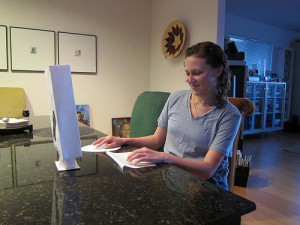
Nothing ergonomic here...posture, height, mouse
Injuries play their role. It is more than the site of the injury…which usually gets immediate attention. What is overlooked are the tiny misalignments all over that can result when a body is thrown in a fall, a car accident, or by a heavy blow. Often, these misalignments are so small that we barely notice that they restrict us, until possibly years later.
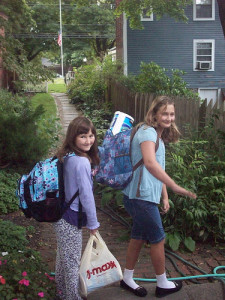
Back to School with all of our Books
Our social institutions and rules play their part, too. We are popped into little chairs at an early age for hours at a time, when what our bodies want (and need) to do is be able to move freely. How we sit, stand, walk, behave at the table are prescribed by our society. Often what is acceptable behavior restricts a full range of motion needed for a healthy body…”keep your knees together; that’s not ladylike.”
The work we do, how we play, the furniture and equipment we use every day all can affect our bodies. Today there is more attention paid to ergonomics in the design of tools, chairs, cars, many of the items that we use, but far from all. Repetitive motion injuries such as carpal tunnel can result from poor equipment design, poor posture, and poor use of the body…not taking breaks or stretching periodically to relieve tension.
Culture plays its part as well. Of course, historically there were atrocities committed in the name of beauty, role and position…the bound feet of China, for example. Those extremes are not so obvious today, but there are other pressures. The demand for excellence at school pushes youngsters in many places to haul heavy book bags back and forth to school every day. There is growing concern that these bags are damaging young, growing backs and bodies. In France, they were banned 1995, allowing not more than 10% of the child’s weight. Heavy shoulder purses are a standard part of most Western women’s lives, throwing the entire system out of alignment. Could this lead to the high levels of scoliosis I see in my classes? Living up to the role assumed by many men as provider and family leader, can be seen in their carriage as they lift their shoulders to gird up for the job and don’t let them down. While it is changing now, in very recent generations, young girls who were tall did everything to appear shorter leading to many skeletal problems. And those with large breasts hid them between curved shoulders. A lifetime of these postures leaves deep marks in the structural and connective systems.
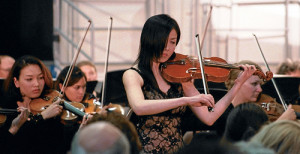
Years of practice to control her neck, shoulder, wrist to create beautiful sounds, but at what price
And finally the subtle print of emotional pressures on the body. The attempt to become invisible by shrinking and drawing the head and chest in. The bully’s swagger and defensive body language. The response of the body to raised voices, angry situations, or threats that ignite old injuries of the psyche. All of these response patterns are carried in the structure as tension that misshapes the body’s natural form and movement, becoming a part of our identity.
The trained eye can see in a body and the way it moves, its history, joy, sadness, lifestyle, traumas—what it has done or not done and perhaps where it has been.
Those are ways we each have come to live in the body we posses. But there are more chapters to this story…the internal processes at work and avenues to regain free movement.
Photo credits: Neeta Lind, mia3mom, and Darin Barry
What Organic Stretching™ and the Argentine Tango Have in Common
I met Heather Wallace, the creator of the Wallace Method (the pain management therapy whose principles form the basis for Organic Stretching™) just five months after I had begun dancing Argentine tango in 2005. Both of these unique forms became a passionate core in my life. At this point, I cannot imagine one without the other.
First, I began as a client on Heather’s table as she worked on old injuries which had become limiting, now and then painful and a part of my life. Not something I thought about all of the time, but none the less there to restrict me. Under her care I gained a flexible body with balance and the capacity to move freely, allowing me to fully enjoy the dance. After becoming certified by Heather, I went on to implement her lessons in a teaching method for individual practice, Organic Stretching™, and discovered how much these two disciplines shared.
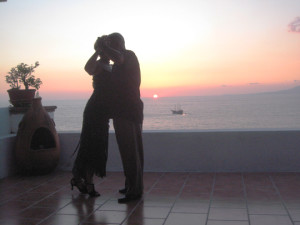
A moment of perfect connection
Unlike other dances done in an embrace, tango is improvisational. Anything is possible at any moment…it calls for surrender to the leader’s mark and to the distinct characteristics of the dance. Even without hearing the music, one can see the tango in the shape of the bodies, the flow of the movements, the obvious connection between the dancers. The impetus transmits from the music, through the floor and passes from one body to the other as the dancers move as one entity…separate roles, distinct movements but inextricably unified.
In Organic Stretching™, the teaching challenge came in drawing students into the improvisational mode intrinsic in the work, rather than giving them a structured routine to follow. Like tango, the work is a communication in the moment…only now from the core of the body. It requires learning to listen to the body and allowing it to move as it needs to, in order to unlock the twists and knots (acquired over a lifetime) in the connective tissue structure.
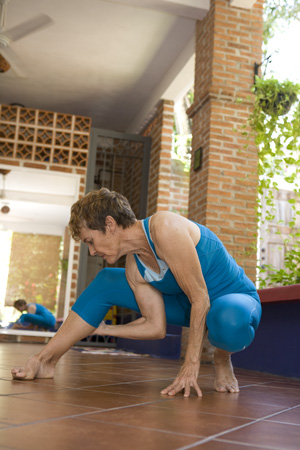
A perfect connection with myself
In studying Argentine tango, we learn and try to perfect tiny pieces that become passages in a dance, maybe happening only once in a lifetime in that particular pattern…spontaneous but controlled by the principles of Argentine tango. It is the identical process in Organic Stretching™; one begins to move, with no idea where the movement will go, and allows the body to lead the pattern by following the OS principles and trusting the direction.
Both produce a physical euphoria as the urge to control what is happening slides away and the music, the inner body knowledge, and the connection between bodies or within one body takes over. I use one to prepare for the other and both to experience completely the potential of my body.
I teach Organic Stretching™ in my studio in La Cruz de Huanacaxtle twice a week and in monthly weekend workshops in my studio and at Pura Vida Spa/Rancho el Limon between Ixtapa and Las Palmas. Each month, I offer a free introductory class for people curious or interested in knowing more about this unique system. See the calendar for dates and times. I am also available to present a workshop in your area. Contact me for details.
